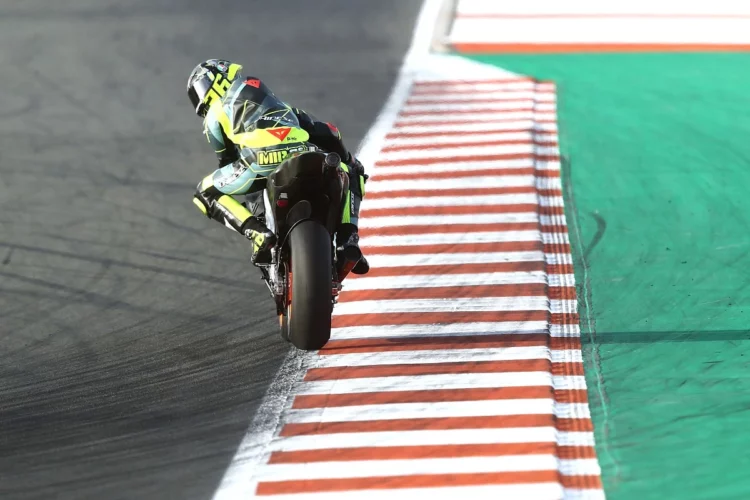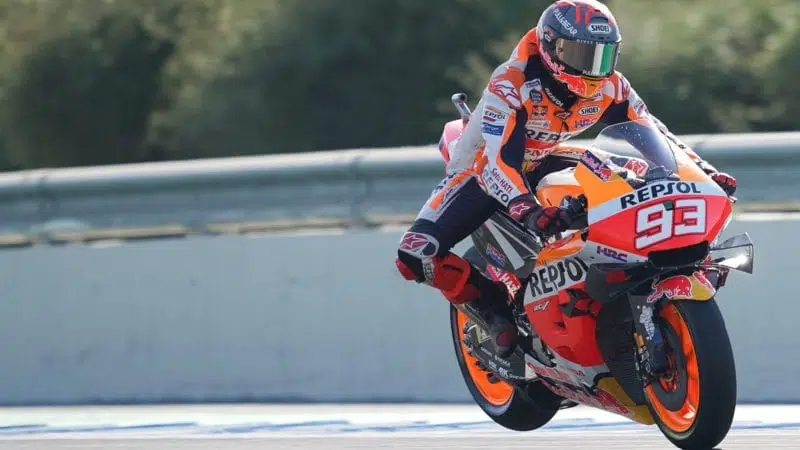In the adrenaline-fueled world of MotoGP racing, every detail counts towards victory or defeat, and one of the most crucial factors is the weight of the bikes. How much does a MotoGP bike weigh? is not just a question of curiosity; it is a fundamental aspect that influences speed, agility, and performance on the track. This article delves into the intricacies of MotoGP motorcycles, shedding light on the significance of their weight, the regulations governing it, and the impact on the sport’s ever-evolving landscape.
The Regulation on Weight in MotoGP
MotoGP bikes are marvels of engineering, designed to push the limits of speed and performance. The Fédération Internationale de Motocyclisme (FIM) mandates a minimum weight to ensure fairness and competition integrity. Currently, a MotoGP bike must weigh at least 157 kilograms (346 lbs). This regulation is pivotal, requiring teams to meticulously balance their bikes’ weight while maximizing power output and aerodynamics. It’s a delicate balancing act, where every gram can affect the bike’s behavior on the track.
Components and Their Contributions to Total Weight
Understanding “How much does a MotoGP bike weigh?” involves dissecting the bike into its core components. The chassis, engine, electronics, and aerodynamic elements all contribute to the overall mass. High-tech materials like carbon fiber for the bodywork and titanium for critical engine and chassis components are standard, reducing weight without compromising strength. The distribution of weight across these components is as crucial as the total weight, affecting the bike’s handling, stability, and acceleration.
Read More: How fast could a MotoGP bike go in a straight line?
The Role of Weight in Performance
The weight of a MotoGP bike is a critical determinant of its performance. Lighter bikes benefit from increased agility, enabling riders to navigate tight corners with precision. Acceleration is also directly affected; a lighter bike can surge forward more rapidly. However, there’s a trade-off. Too little weight can lead to instability, especially at high speeds or in windy conditions. Therefore, teams work diligently to strike the perfect balance, optimizing weight distribution for an ideal mix of speed, agility, and stability.
Weight vs. Power: The Ultimate Balance
Finding the optimal balance between weight and power is at the core of MotoGP engineering. “How much does a MotoGP bike weigh?” becomes a strategic question as teams aim to enhance their bikes’ power-to-weight ratio. Increasing power typically adds weight, so engineers strive to boost engine efficiency and output while employing innovative techniques to keep the overall mass within limits. This balance is critical for achieving high speeds, making split-second gains in lap times that can separate winners from the rest.
Evolution of MotoGP Bike Weights
The regulations dictating “How much does a MotoGP bike weigh?” have evolved, reflecting advancements in technology and materials science. This evolution showcases the sport’s dynamic nature, with teams continuously adapting to meet and leverage new standards. The history of weight regulations in MotoGP is a testament to the relentless pursuit of improvement, driving teams to explore every possible avenue for performance enhancement.
Weight Regulations Across Different Classes
MotoGP is the pinnacle of motorcycle racing, but it’s just one part of a broader ecosystem that includes Moto2 and Moto3, each with its own weight regulations. These classes serve as development platforms for riders and technology, with weight playing a crucial role at every level. Understanding the differences in weight regulations across classes offers insights into the sport’s comprehensive approach to competition and development.
Read More: Understanding the Impact of G-Forces in MotoGP Racing
The Future of MotoGP Bike Weight
The question of “How much does a MotoGP bike weigh?” will continue to be significant as the sport evolves. With advancements in materials science and engineering, future bikes are likely to become even lighter and more efficient. The potential introduction of new propulsion technologies, like electric motors, could also redefine weight standards and strategies, ushering in a new era of MotoGP racing.
Conclusion
The weight of a MotoGP bike is a fundamental aspect that encapsulates the essence of motorcycle racing. At 157 kilograms, it represents a finely tuned balance of power, agility, and technological innovation. As MotoGP evolves, so too will the strategies around weight, continuously pushing the boundaries of what is possible. “How much does a MotoGP bike weigh?” is more than a question—it’s a reflection of the sport’s relentless pursuit of perfection, where every gram matters in the quest for glory.




